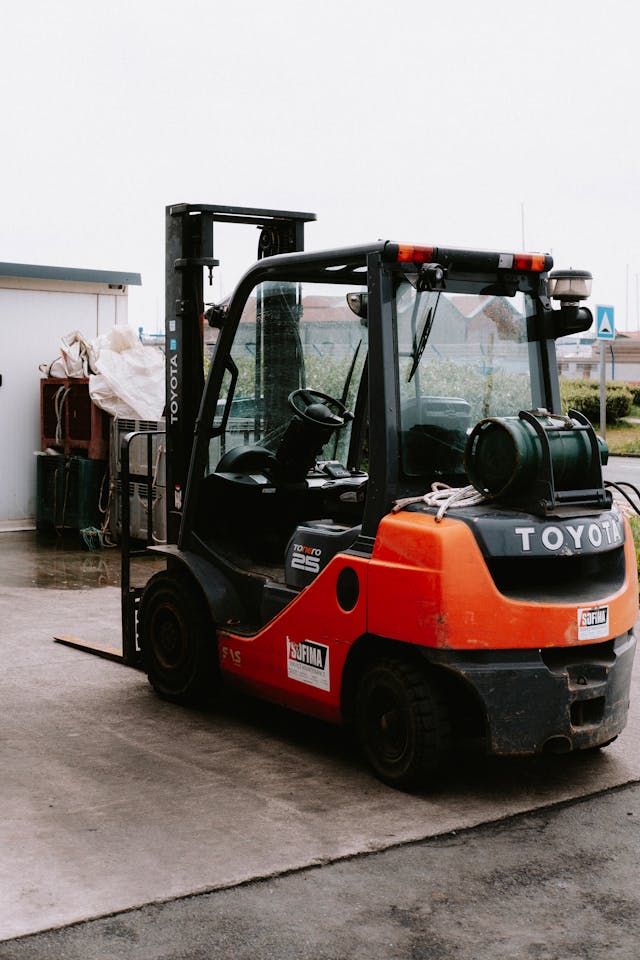In the bustling world of logistics and warehousing, the introduction of autonomous forklift trucks, particularly the counterbalance forklift truck, marks a significant leap forward in operational efficiency and safety. These innovative machines are not just about replacing the traditional, manually-operated forklifts; they are redefining how tasks are approached, enhancing productivity, and minimizing risks in dynamic environments. This exploration into autonomous counterbalance forklift trucks highlights their benefits, challenges, and the technological strides being made in the field.
What is a Counterbalance Forklift Truck?
A counterbalance forklift truck is a staple in material handling, characterized by its forks protruding from the front and a weight at the back of the vehicle to counterbalance loads lifted and carried. This design allows for the truck to operate without the need for extra stabilizing arms, making it versatile and ideal for a variety of lifting tasks, from warehouses to shipping docks.
Transition to Autonomy
The transition from traditional counterbalance forklifts to their autonomous counterparts involves integrating advanced technologies such as sensors, artificial intelligence (AI), and machine learning algorithms. These technologies enable the forklifts to navigate, recognize, and interact with their environment safely and efficiently. Autonomous forklifts can operate in tightly controlled paths or in free-roaming operations, adapting to the layout and obstacles of any warehouse environment.
Technological Innovations
The core of autonomous forklift technology lies in its navigation and safety systems. These trucks are typically equipped with LiDAR (Light Detection and Ranging), cameras, and sometimes radar, which together create a detailed awareness of their surroundings. This sensory data is processed in real-time, allowing the forklift to make immediate decisions, such as stopping for a pedestrian or adjusting its path to avoid a fallen object.
In addition to hardware, the software algorithms play a crucial role in operational efficiency. These algorithms ensure optimal route planning, load management, and energy efficiency, reducing operational costs and enhancing throughput in logistics operations.
Benefits of Autonomous Counterbalance Forklift Trucks
The benefits of deploying autonomous counterbalance forklift trucks are manifold. Primarily, they contribute to a significant reduction in labor costs and human error. They operate around the clock, providing consistent performance without the need for breaks, shifts, or even lighting in some cases. Safety is another critical improvement, as these trucks are designed to operate with precise control and awareness, reducing workplace accidents associated with human-operated forklifts.
Challenges and Considerations
Despite their advantages, the integration of autonomous counterbalance forklift trucks comes with challenges. The initial investment in autonomous technology can be high, reflecting the cost of advanced sensors and software development. There is also the challenge of integrating these autonomous systems within existing workflows and ensuring they communicate effectively with other automated and manual systems within a facility.
Moreover, there are workforce implications, as roles and responsibilities shift from operating machinery to managing and maintaining sophisticated automated systems. Training and adapting the workforce for these new roles is crucial for a smooth transition.
As technology continues to evolve, the capabilities of autonomous counterbalance forklift trucks will expand, leading to even greater efficiencies and opportunities in warehouse management. Future developments may include more sophisticated AI systems capable of complex decision-making and improved interaction with humans in collaborative environments.
Autonomous counterbalance forklift trucks are setting a new standard in material handling. With their ability to enhance efficiency, reduce costs, and improve safety, they represent a significant advancement in industrial automation. As industries strive for greater efficiency and safety, these autonomous machines will increasingly become integral to operations, driving innovation and productivity in the logistics sector.


Leave a Reply